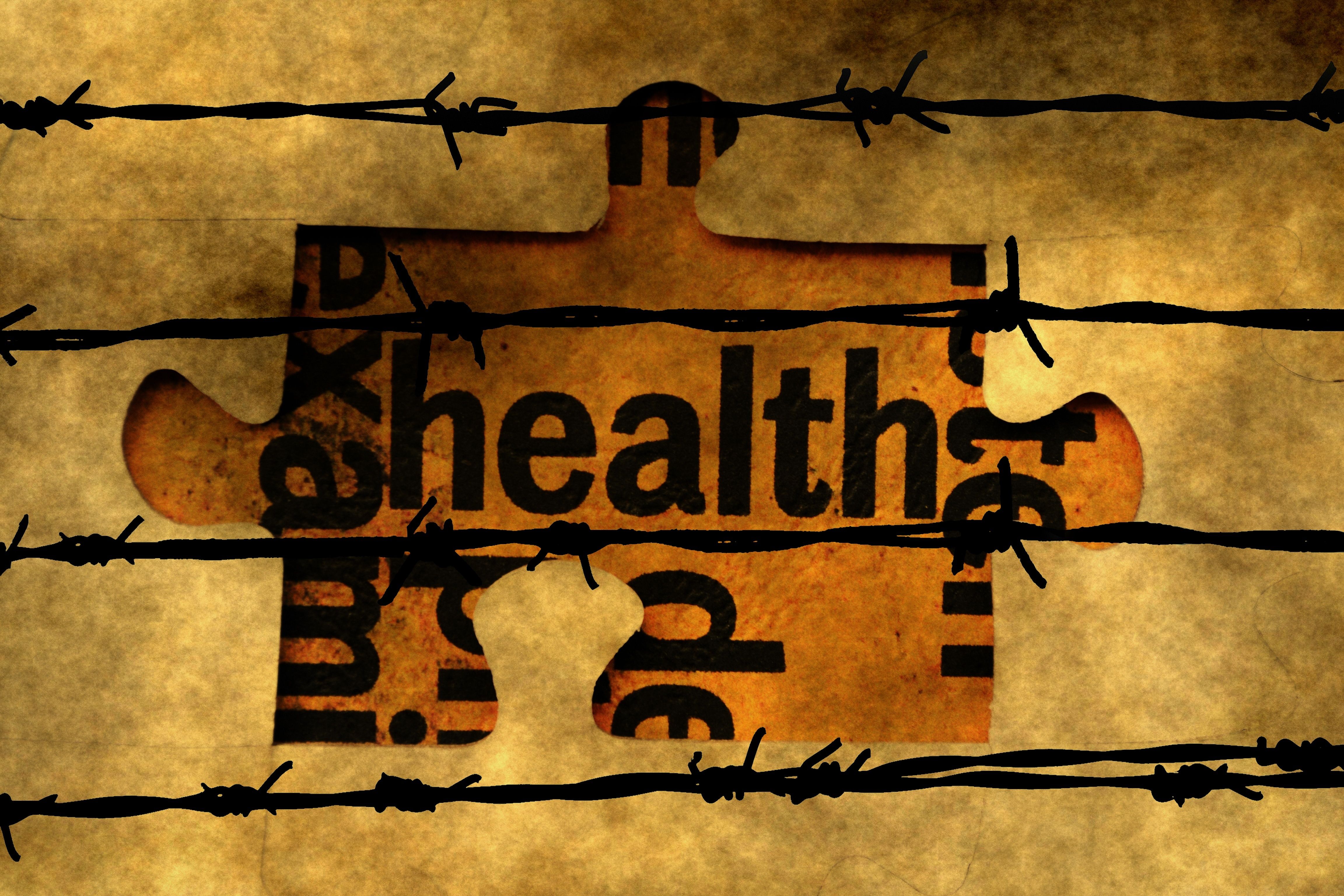Chronic Health Conditions and Access to Care
Results from the 2024 State of Patient Access report by the PAN Foundation shared that patients with chronic health conditions, in particular, face barriers to accessing quality care due to costs, coverage gaps and social challenges with healthcare professionals (HCPs).
The state of healthcare access among patients in the United States with a chronic health condition was graded a 75.8 C, based on the 2024 State of Patient Access report by the PAN Foundation.
Accessing affordable healthcare in the U.S. remains a significant challenge that has only worsened by systemic issues like racism and economic disparities.
Patients with chronic health conditions, in particular, face barriers to accessing quality care due to costs, coverage gaps and challenges with healthcare professionals (HCPs).
© alexskopje - stock.adobe.com

To explore healthcare access challenges and their impact on different communities, the PAN Foundation launched the State of Patient Access initiative in 2024, which included two national, online surveys, one among adults with chronic conditions and the other with healthcare professionals.
Both surveys were conducted by The Harris Poll from August to September of 2023 and gathered responses from 2,502 patients with chronic conditions and from 501 HCPs.
The survey focused on 5 key areas and graded based off what they found.
Below are the key areas and grades:
- Overall Access to Care: Rated C+ (78.8), with 18% of patients grading access as fair or poor, and 13% reporting worsening healthcare coverage compared to the previous year.
- Relationship with Healthcare Professionals: Scored B (84.2), indicating high trust levels reported by patients, although only half of PCPs (50%), NP/PAs (50%), and nurses (52%) reported patients speaking up during appointments.
- Affordability of Prescription Medications: Earned B- (82.3), yet 20% found prescriptions unaffordable, with 17% of patients reporting unfulfilled prescriptions due to high out-of-pocket costs.
- Access to Treatment through Healthcare Plans: Received D- (62.8) overall, with an F among certain demographics, reflecting patient challenges accessing medication through insurance and concerns about future affordability.
- Financial Toxicity: Rated C- (70.7), with nearly a quarter of patients reporting significant financial impacts from healthcare costs.
Virtually all (96%) patients reported having health insurance, with 68% having private insurance and 36% having public insurance. All patients had been diagnosed with at least one chronic health condition, with more than half (55%) having multiple chronic conditions.
The report's results shared challenges in various aspects of healthcare access.
For example, patients reported facing logistical barriers, with patients of color and LGBTQIA+ experiencing higher rates of challenges.
In addition, the report also highlighted the importance of exploring legislative and regulatory policy solutions, improving education and outreach efforts and enhancing awareness of financial assistance programs to address healthcare access disparities.
In response to the report, Amy Niles, chief mission officer at the PAN Foundation, emphasized the need for action-oriented policy agendas to address systemic flaws and expand access to affordable, equitable care.
“At the PAN Foundation, we urge Congress to ban harmful programs like copay accumulators, maximizers, and alternative funding programs while also taking action to curb restrictive utilization practices like prior authorization and step therapy,” Niles told Managed Healthcare Executive. These programs and policies hurt patients by reducing or delaying access to needed medications.”
She added that access to treatment through health plans—both public and private—is one of the greatest challenges patients face today.
“The challenges are even more acute among Hispanic, Native American or Pacific Islander, LGBTQIA+, millennial, and patients with lower incomes,” Niles continued. “Overall, among adults with chronic health conditions, 49% reported facing some form of insurance-related barrier to accessing prescription medications. The time for policymakers to act is now.”
Conversations With Perry and Friends
April 14th 2025Perry Cohen, Pharm.D., a longtime member of the Managed Healthcare Executive editorial advisory board, is host of the Conversations with Perry and Friends podcast. His guest this episode is John Baackes, the former CEO of L.A. Care Health Plan.
Listen
Why Better Data and Awareness Matters for Medicaid Work Requirements
April 17th 2025With policymakers considering work requirements for Medicaid eligibility, Jennifer Haley, principal research associate in the Health Policy Division at the Urban Institute, said it’s more important than ever to understand how those changes could unintentionally cause harm, particularly when data systems fall short and public awareness is limited.
Read More
Breaking Down Health Plans, HSAs, AI With Paul Fronstin of EBRI
November 19th 2024Featured in this latest episode of Tuning In to the C-Suite podcast is Paul Fronstin, director of health benefits research at EBRI, who shed light on the evolving landscape of health benefits with editors of Managed Healthcare Executive.
Listen
Medicaid Expansion Linked To Timelier Lung Cancer Surgery and Access to High-Volume Hospitals
April 17th 2025New research shows that Medicaid expansion was linked to a 2.1% increase in timely lung cancer surgeries and a 2.8% rise in procedures at high-volume hospitals, highlighting how policy changes can impact cancer care access.
Read More